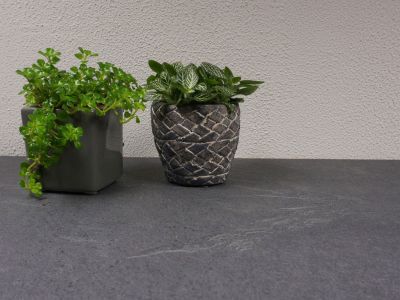Bringing plants inside for winter isn’t as easy as simply moving their pots from one place to another; there are a few precautions you need to take when acclimating plants from outdoors to indoors to prevent sending your plant into shock. Let’s look at how to acclimate plants indoors for winter.
Before Bringing Plants Inside for Winter
One of the most common issues houseplants have when coming back indoors is bringing unwanted pests with them. Check your houseplants thoroughly for small insects like aphids, mealybugs, and spider mites and remove them. These pests can hitchhike on the plants you bring in for the winter and infest all of your houseplants. You may even want to use the hose to wash off your houseplants before bringing them in. This will help knock off any pests that you may have missed. Treating the plants with neem oil can help as well. Second, if the plant has grown over the summer, you may want to consider either pruning or repotting the houseplant. If you are pruning it back, don’t prune back more than one-third of the plant. Also, make sure to root prune an equal amount off the roots as you do off the foliage. If you will be repotting, repot to a container that is at least 2 inches (5 cm.) larger than the current container.
Acclimating Plants Outdoor to Indoor
Once the temperatures outside reach 50 degrees F. (10 C.) or less at night, your houseplant must begin the process to come back into the house. Most houseplants cannot stand temps below 45 degrees F. (7 C.). It is very important to acclimate your houseplant to the environmental changes from outside to inside. The steps for how to acclimate plants indoors for winter are easy, but without them your plant may experience shock, wilting, and leaf loss. The light and humidity changes from outside to inside are dramatically different. When acclimating your houseplant, start by bringing the houseplant in at night. For the first few days, bring the container inside in the evening and move it back outside in the morning. Gradually, over the course of two weeks, increase the amount of time the plant spends indoors until it is indoors full time. Remember, plants that are indoors will not need as much water as plants that are outdoors, so only water when the soil is dry to the touch. Consider cleaning your windows to help maximize the amount of sunlight your plants get through the windows.
